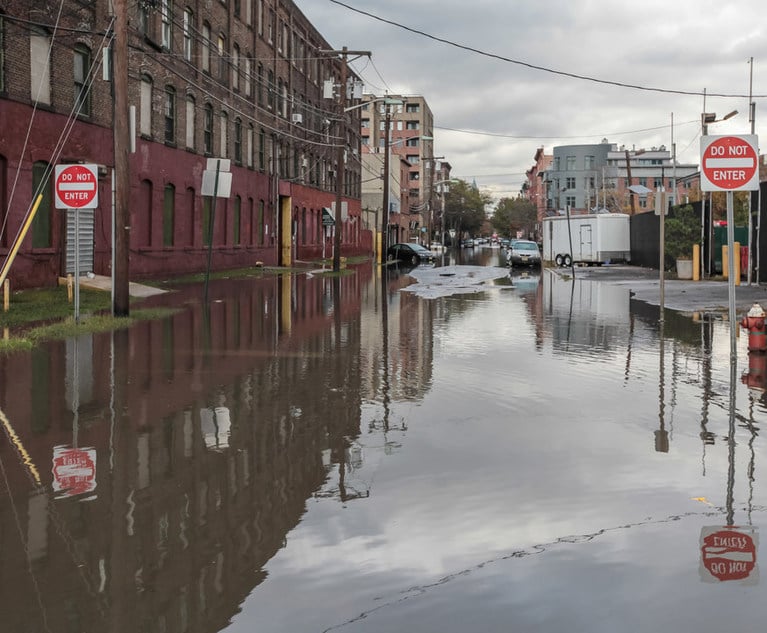 Businesses should conduct regular risk assessments to identify vulnerabilities in their operations, including evaluating structural integrity, electrical systems, and HVAC units, as well as external factors like nearby water bodies that could lead to flooding. (Credit: Sergey/Adobe Stock)
Businesses should conduct regular risk assessments to identify vulnerabilities in their operations, including evaluating structural integrity, electrical systems, and HVAC units, as well as external factors like nearby water bodies that could lead to flooding. (Credit: Sergey/Adobe Stock)
So far in 2024, there have been more than 20 documented weather-related and climate crisis events that caused property losses exceeding $1 billion in total, according to the National Centers for Environmental Information.
Recommended For You
Want to continue reading?
Become a Free PropertyCasualty360 Digital Reader
Your access to unlimited PropertyCasualty360 content isn’t changing.
Once you are an ALM digital member, you’ll receive:
- Breaking insurance news and analysis, on-site and via our newsletters and custom alerts
- Weekly Insurance Speak podcast featuring exclusive interviews with industry leaders
- Educational webcasts, white papers, and ebooks from industry thought leaders
- Critical converage of the employee benefits and financial advisory markets on our other ALM sites, BenefitsPRO and ThinkAdvisor
Already have an account? Sign In Now
© 2025 ALM Global, LLC, All Rights Reserved. Request academic re-use from www.copyright.com. All other uses, submit a request to [email protected]. For more information visit Asset & Logo Licensing.








